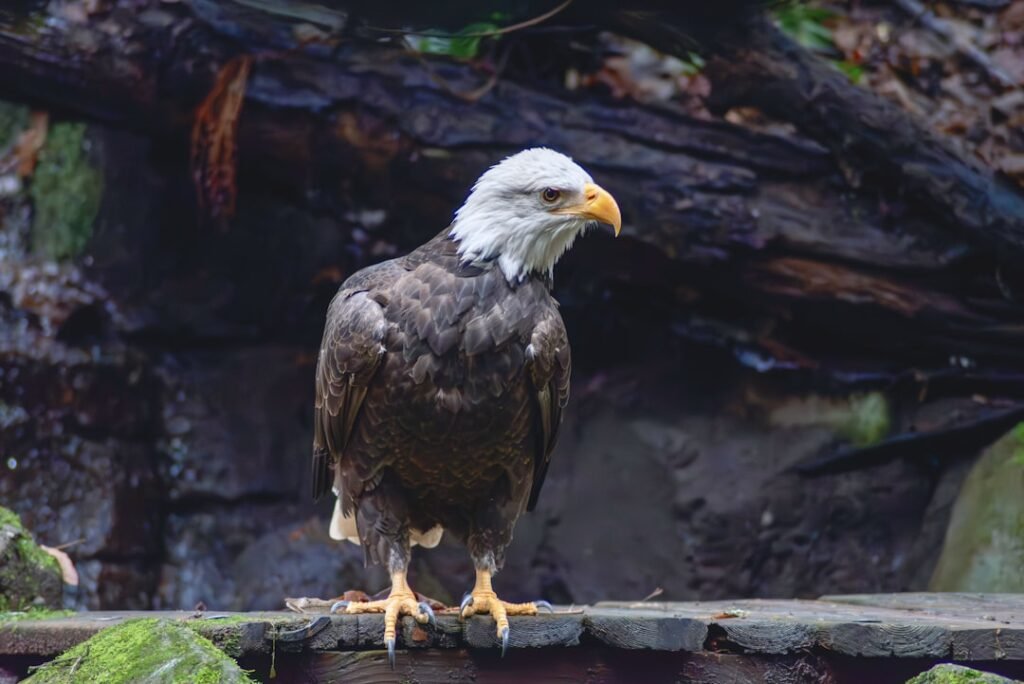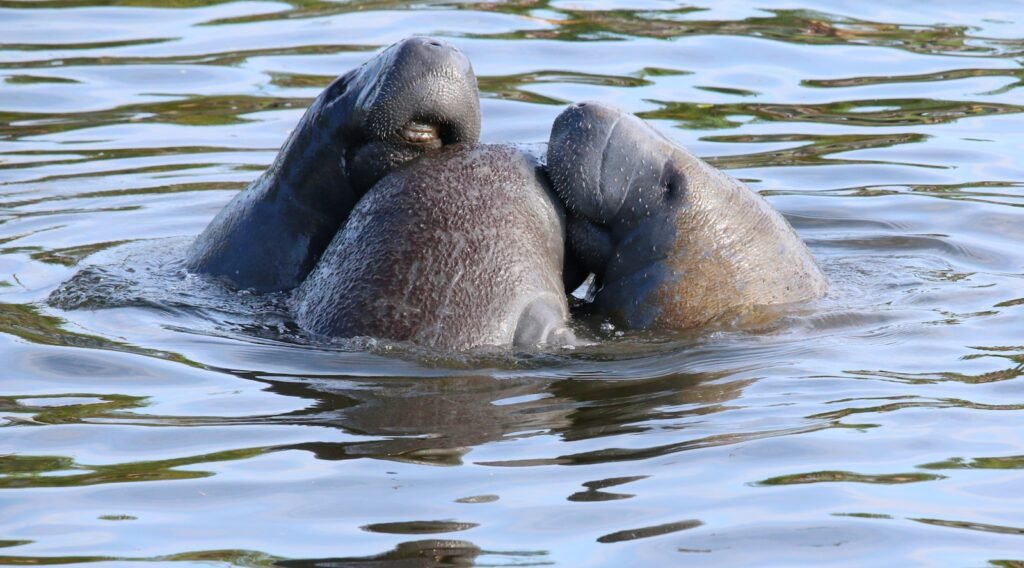On winds that roll off the Rocky Mountain Front, a familiar silhouette is becoming less rare: wide wings, steady glide, a sharp turn toward a river bend. The return is not an accident or a fluke; it’s the payoff of patient habitat work stitched across ranches, reservations, national forests, and small towns. Montana’s rewilding – restoring natural processes, not just planting trees – has nudged the state’s rivers back to life and given raptors what they need most: room, food, and quiet. I still remember pulling off a gravel road near the Yellowstone one February morning and watching an eagle lift from a cottonwood like it was letting go of the past. The drama is real, and the science behind it is even better.
The Hidden Clues

If you want to know whether a landscape is healing, watch what a top predator chooses to do with its mornings. In central Montana, bald and golden eagles are spending more time coursing over floodplains and less time scouring landfills and road edges, a small behavioral shift that tells a big story. More insects in the shallows mean more trout fry, which attract mergansers and ducks, which draw eagles – an ecological chain refastened link by link. You notice the change in quiet ways: fresh stick-work on old nest platforms, whitewash fanning down bark, a sudden hush spreading across a side channel when a shadow crosses.
Biologists call these signals occupancy and effort – are birds present, and how hard do they work to find a meal. In healthier reaches, eagles cruise, wait, and choose, rather than chase and scavenge. It’s a subtle pivot, but in predator ecology, subtle pivots usually point to deeper system repairs. The clues are the breadcrumbs of rewilding, and they’re scattered from the Missouri Breaks to the Bitterroot.
Rivers Reborn, Forests Returned

Rewilding in Montana often looks like a backhoe cutting a ditch, only to let a river erase it later. Crews breach old berms so spring water can spill into floodplains, where cottonwood seedlings catch silt and beavers build busy little dams that raise the water table. Ranchers fence cattle away from streambanks and install off-channel water, turning fragile banks into rough, root-laced fortresses that hold nests above high flows. When willow thickets return, so do songbirds, muskrats, and the small prey that keep young eagles fed while they learn the sky.
On wider rivers, managers tweak dam releases to mimic seasonal pulses, cueing fish movements that ripple up the food web. Add in snags left standing instead of tidied away, and you get the cathedral scaffolding eagles prefer. It’s slow work, measured by rings in a cottonwood and the first stick an eagle lays on a branch that suddenly matters again. Habitat protection isn’t a fence; it’s a sequence of decisions that let the place be itself.
From Ancient Tools to Modern Science

For decades, raptor science in the northern Rockies leaned on winter counts and band returns – simple, sturdy methods that told us whether birds were around. Today, satellite tags the size of a walnut ride the wind with eagles, sending back maps that look like silver threads looping between prairie buttes and mountain passes. Drones scan nest trees without spooking parents, and acoustic units pick up the sharp whistles of nestlings before human eyes can find the bowl of sticks. Even river DNA – those invisible flecks of life – helps track fish pulses that forecast where hunters and scavengers will converge.
Old and new fit together like river braids; the long record from analog tools grounds the glitter of high-tech tracking. Researchers now cross-check nest success with snowmelt timing, wildfire patterns, and carcass availability along migration corridors. That blend of methods has shifted management from reacting to trouble to anticipating it. In conservation, a good forecast is sometimes as valuable as a new acre.
The People Behind the Comeback

This rebound wasn’t delivered by a single law or one heroic project; it’s the sum of neighbors agreeing on what they value. Tribal wildlife teams restoring bison on the prairie are also reviving the scavenger bonanza that eagles evolved to exploit. Power utilities are retrofitting dangerous poles, and wind developers are testing smarter siting and shutdowns to cut collisions on key flyways. Many hunters and outfitters have switched to non-lead ammunition, shrinking a hidden threat that used to start in a gut pile and end in a poisoned raptor.
Ranch families are protecting riparian bends with conservation easements that keep both cattle and cottonwoods on the map. County road crews are getting faster at removing roadkill from hot spots, reducing scavenging on asphalt where birds are vulnerable. It’s not glamorous work, but it’s the connective tissue that makes big landscapes function. When people share credit, wildlife often shares space.
Why It Matters

Eagles are more than a patriotic emblem; they’re a stress test for the whole river system. If a floodplain can raise an eagle, it can usually raise trout, insects, waterfowl, and the rural economies tied to them. Classic wildlife management chased symptoms – feed stations, nest platforms, transplants – useful tools that sometimes masked deeper wounds. Rewilding goes after causes, repairing flows, vegetation, and food webs so eagles don’t need bandages in the first place.
There’s also a practical payoff that rarely makes headlines: scavengers clean carrion quickly, which can help reduce disease risks and keep highways safer. Add to that the draw of wildlife watching, which funnels real dollars into towns that still smell like woodstoves and coffee. When a single species reflects the health of many, investing in its world is a rational decision, not just a romantic one. That’s why this story matters beyond the thrill of a wingbeat.
Global Perspectives

Montana’s arc mirrors wider rewilding stories that stretch across latitudes. Sea eagles rebounded on windswept Scottish coasts once fish and nesting cliffs were safeguarded, while Iberian vultures bounced back when toxic baits were banned and safe food sources returned. In the Greater Yellowstone region, the same floodplain fixes that help eagles also stabilize water for native fish, which then reverberates through otters, mink, and herons. The principle is portable: restore process, and wildlife writes the next chapters.
But portability requires humility. What works on the Yellowstone might need translating on the Danube or the Tigris, where dams, farms, and cities braid together differently. The global lesson isn’t a recipe; it’s a mindset that favors living systems over quick patches. When landscapes get their pulse back, apex birds usually find their way home.
The Future Landscape

Tomorrow’s gains will depend on how we manage three stubborn realities: climate whiplash, expanding energy grids, and persistent toxins. Earlier snowmelt and longer droughts can compress fish runs and shift prey calendars, so managers are testing dynamic flows and floodplain reconnections that store water like a natural savings account. Transmission lines and wind farms are marching across the prairie; better siting, seasonal curtailments, and raptor-safe designs need to move just as fast. Lead fragments in carcasses linger as a quiet hazard, which means voluntary non-lead transitions remain a high-impact lever.
On the tech side, AI models are being developed to scan satellite images for new nest platforms and forecasting collision risk hours ahead of bad weather. Lightweight tags with solar trickle-charging will extend tracking into the lives of more juveniles, teaching us where bottlenecks still hide. Community science will fill the gaps between towers and tag pings, creating real-time maps that local crews can act on. The future looks promising, but only if adaptation becomes our default setting.
How You Can Help Today

You don’t need a graduate degree or a grant to tilt the odds in favor of eagles. If you hunt, consider non-lead ammunition and pack out spent fishing line so it doesn’t tether a bird to a branch. Give nests a wide berth during the breeding season and keep drones grounded near active territories; a single flush in cold weather can be costly. Support local land trusts or tribal-led habitat projects – their quiet paperwork often protects the loudest wingbeats.
Join winter raptor counts or report sightings through community platforms so biologists can spot trends sooner. If you manage land, plant native willows and cottonwoods along creeks and leave a few tall snags where it’s safe. Even choosing to slow down at known wildlife crossings can prevent a scavenging chain from starting on hot asphalt. In a state where wind writes the sky, small human choices still set the script – will we keep the air worth watching?

Suhail Ahmed is a passionate digital professional and nature enthusiast with over 8 years of experience in content strategy, SEO, web development, and digital operations. Alongside his freelance journey, Suhail actively contributes to nature and wildlife platforms like Discover Wildlife, where he channels his curiosity for the planet into engaging, educational storytelling.
With a strong background in managing digital ecosystems — from ecommerce stores and WordPress websites to social media and automation — Suhail merges technical precision with creative insight. His content reflects a rare balance: SEO-friendly yet deeply human, data-informed yet emotionally resonant.
Driven by a love for discovery and storytelling, Suhail believes in using digital platforms to amplify causes that matter — especially those protecting Earth’s biodiversity and inspiring sustainable living. Whether he’s managing online projects or crafting wildlife content, his goal remains the same: to inform, inspire, and leave a positive digital footprint.




